 merriman Fri Dec 27, 2013 2:35 pm
merriman Fri Dec 27, 2013 2:35 pm
profesorul wrote: merriman wrote:It represents a flight-1 LA class. First of the breed. Resin is very soft on the details -- all edges should be sharp, not rounded. And the stern plane bearings did not hang off the horizontal stabilizers like that. Deck engraving and raised detail looks about right in form, depth and height.
If the upper hull piece is as thickly laid up as the bottom, you'll need a life-vests amount of cork to float the thing (big ballast tank) if this thing represented a Soviet boat. Lucky for you the LA's required only a 15% fraction of the total displacement to float at the designed waterline -- very low freeboard, even for 'modern' American submarines.
Plenty of documents out there showing the proper arrangement of a flight-1 -- homework time.
David
THANK YOU for the answer,
The hull is SO HAVY ? .....what should be the size of the WTC to work properly?
If You are so Kind to point me/explain what it "fight -1" : Ia m not familiarised with the expresion !.
EXCOUSE MY IGNORANCE!.
MARIUS
No problem, Marius.
You'll need maybe a pounds worth of ballast tank capacity to get that boat up to waterline. Remember, its not the weight of the above waterline structures that dictates ballast tank size, its the displacement (thickness) of all the above waterline structures. It matters not a bit the density of the material ... it can be either foam or depleted Uranium. It don't matter!
That upper half of your hull kit, if as thick as the bottom we see in your picture, will displace a lot of water!
As with any military vehicle that is produced in quantity over time, the design will undergo up-grades and alterations to both suite changing operational requirements and advancements in the state of the arts involved in its structure, propulsion, and weapons. Such was the case with the L0S ANGELES class submarines. With the LA's these improvements have been identified by 'flight', or lot, or sub-class:
Flight-1 denotes the initial batch of boats. Identified externally by the tear-drop cross sectioned sail, use of sail-planes, and no anechoic tiles or VLS capability. Flight-2 saw introduction of VLS, flight-3 saw the bow planes introduced, replacing the sail planes. Also, these newer boats featured a ring around the tips of the propeller blades, and a slab-sided sail -- likely an attempt to dampen 'foil roll', this move to widen the high-speed turning envelop of the class. To confuse the matter there is some cross-pollination between the flights, so the above defining physical characteristics is not absolute.
Don't get bogged down in the small, stuff -- you're not that good a Model Maker yet. Just assemble the kit as best you can and get it into the water!
You're kit reflects a Flight-1 boat. Go with that. You get bogged down in detail you'll never finish the damned thing!
http://en.wikipedia.org/wiki/Los_Angeles-class_submarine
https://www.google.com/search?q=Los+Angeles+class+submarine&tbm=isch&tbo=u&source=univ&sa=X&ei=pY29UqeyLMuE2AXZvYGIDA&ved=0CEIQsAQ&biw=1112&bih=766#imgdii=_
David
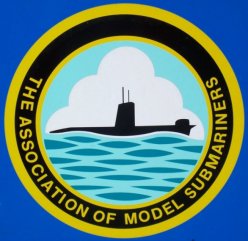



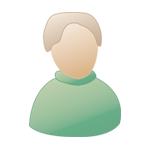
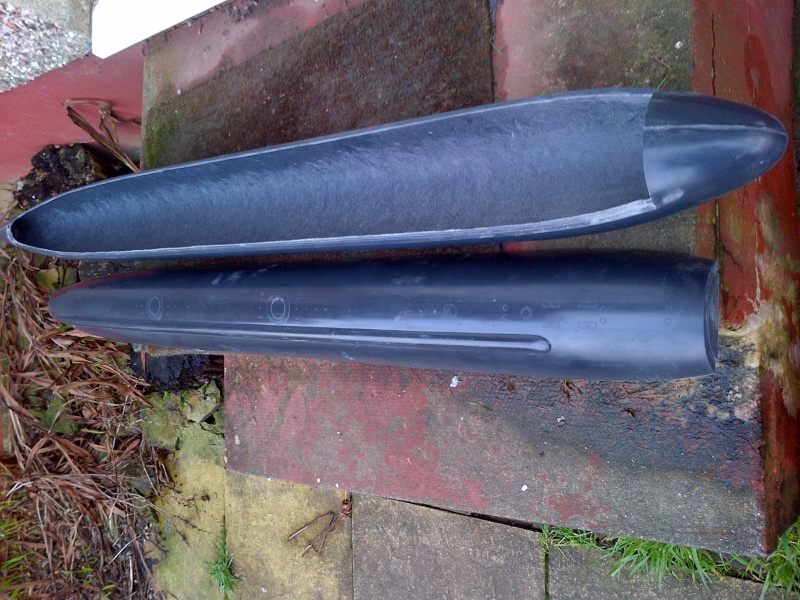
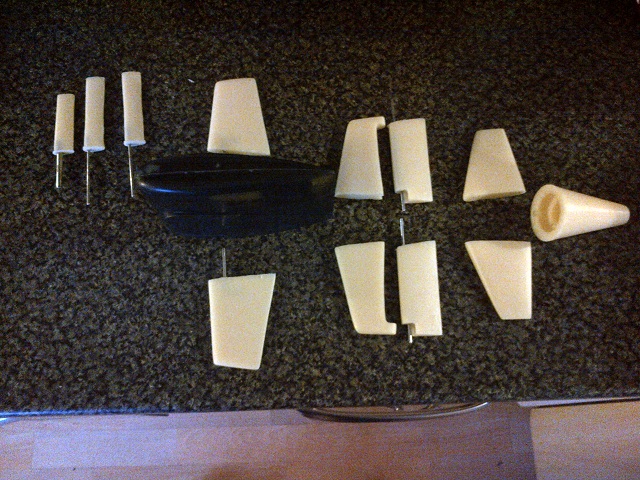

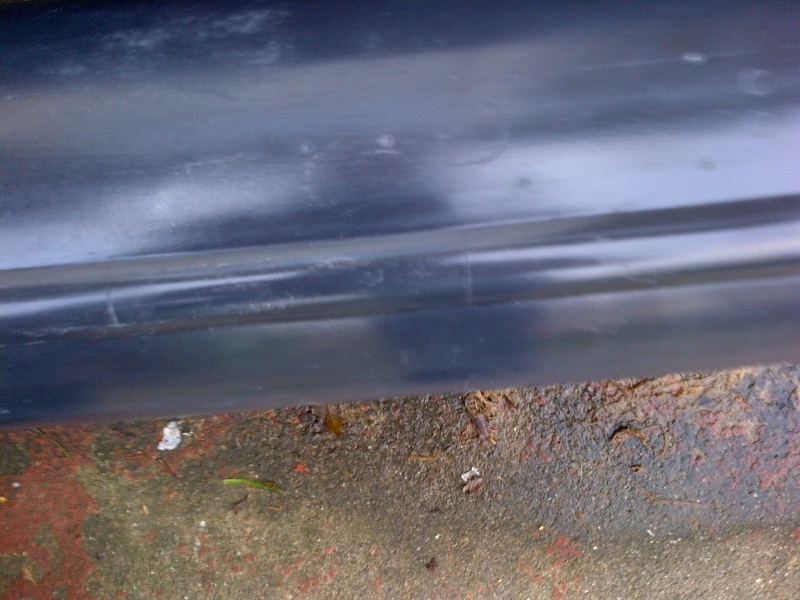

» David Forrest's R class
» Futaba -868/915mhz equipment
» Darnell type 21 submarine, need some help
» Robbe Seawolf V2
» bladder bags
» WW2 mini sub build
» Peral Submarine of 1888
» U-Boat R/C?